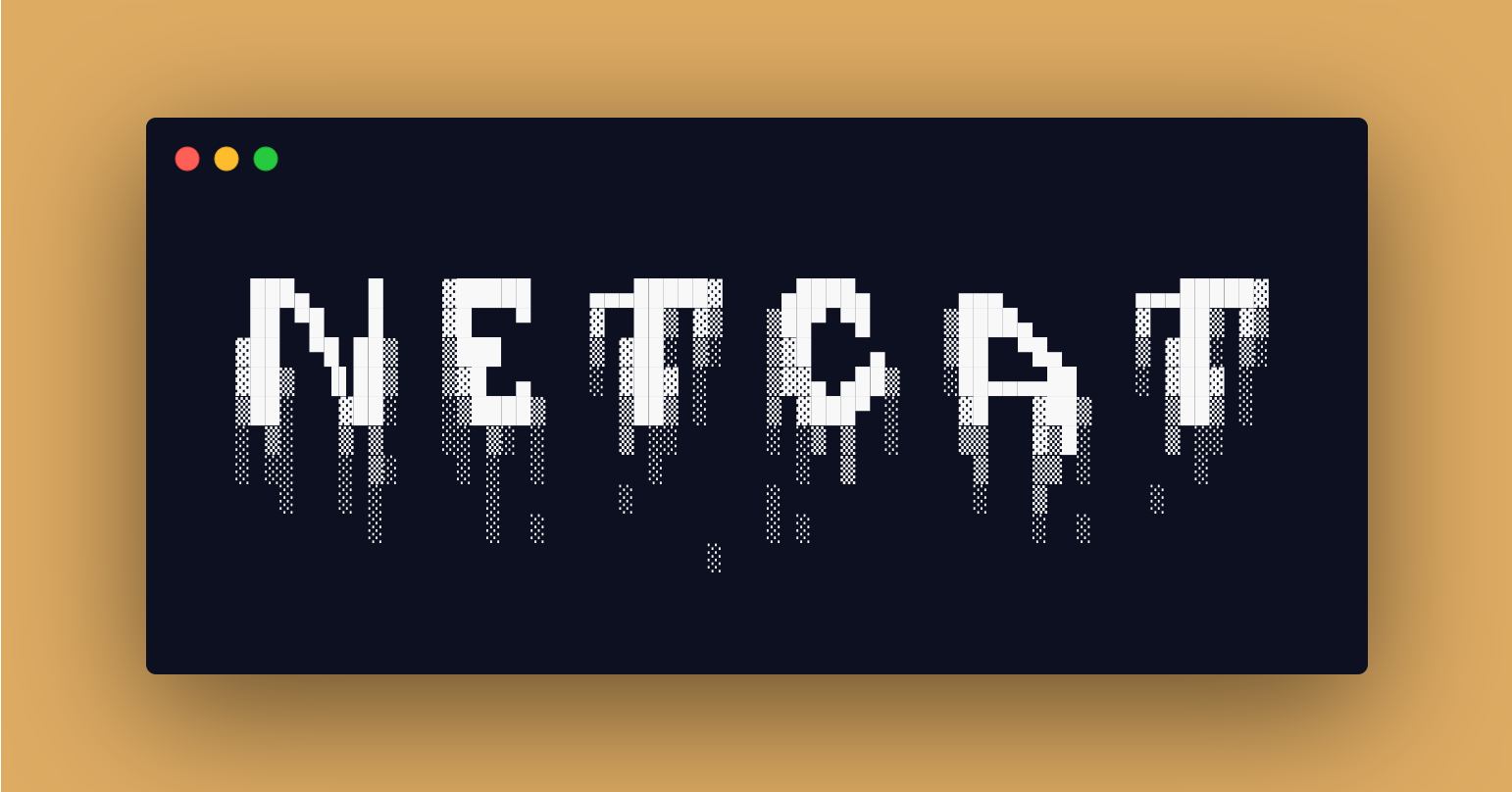

- #Nc netcat to site install
- #Nc netcat to site upgrade
- #Nc netcat to site full
- #Nc netcat to site software
- #Nc netcat to site code
This will listen port 1234 forcefully in some cases nc -l portno not working so use above command


There is no ncat tag, perhaps reflecting its relative youth. Initiate the reverse shell from the target host to the attack box. Currently, the nc tag is only used on 8 questions, three of which actually seem to be about netcat.
#Nc netcat to site upgrade
#Nc netcat to site install
Now you have extract it or install it and set path in environment variable in
#Nc netcat to site full
Outbound or inbound connections, TCP or UDP, to or from any ports Full DNS forward/reverse checking, with appropriate warnings Ability to use any local source port Ability to use any locally configured network source address Built-in port-scanning capabilities, with randomization Built-in loose source-routing capability Can read command line arguments from standard input Slow-send mode, one line every N seconds Hex dump of transmitted and received data Optional ability to let another program service establish connections Optional telnet-options responder Featured tunneling mode which permits user-defined tunneling, e.g., UDP or TCP, with the possibility of specifying all network parameters (source port/interface, listening port/interface, and the remote host allowed to connect to the tunnel). Its list of features includes port scanning, transferring files, and port listening, and it can be used as a backdoor. Cest lun des outils les plus puissants de larsenal des administrateurs réseau et système et il est considéré comme un couteau suisse des outils de mise en réseau. At the same time, it is a feature-rich network debugging and investigation tool, since it can produce almost any kind of correlation its user could need and has a number of built-in capabilities. Netcat (ou nc) est un utilitaire de ligne de commande qui lit et écrit des données sur les connexions réseau, à laide des protocoles TCP ou UDP. Netcat is designed to be a dependable back-end that can be used directly or easily driven by other programs and scripts. In Windows machine we create text file secu.txt then we connect to listening Netcat on computer 1 (port 4444) and send the file,type: C:>nc -vv 192.168.129.1 4444 < test.txt 3.
#Nc netcat to site code
In no event shall Progress, its employees, or anyone else involved in the creation, production, or delivery of the code be liable for any damages whatsoever (including, without limitation, damages for loss of business profits, business interruption, loss of business information, or other pecuniary loss) arising out of the use of or inability to use the sample code, even if Progress has been advised of the possibility of such damages.Netcat (often abbreviated to nc) is a computer networking service for reading from and writing to network connections using TCP or UDP. From Backtrack : Well set up Netcat to listen to and accept the connection and to redirect any input into a file.type nc -lvp 4444 > output.txt 2.

The entire risk arising out of the use or performance of the sample code is borne by the user. Progress makes no warranties, express or implied, and disclaims all implied warranties including, without limitation, the implied warranties of merchantability or of fitness for a particular purpose. The sample code is provided on an "AS IS" basis. System Administrators need to be aware of it because it is often referred to as a Swiss army knife and an essential service. Port scanning, security, and network monitoring all come together in this tool.
#Nc netcat to site software
Progress Software Corporation makes no explicit or implied claims to the validity of this information.Īny sample code provided on this site is not supported under any Progress support program or service. The Netcat command, also known as NC or Netcat, is an important networking command. However, the information provided is for your information only. Progress Software Corporation makes all reasonable efforts to verify this information. The origins of the information on this site may be internal or external to Progress Software Corporation (“Progress”).


 0 kommentar(er)
0 kommentar(er)
